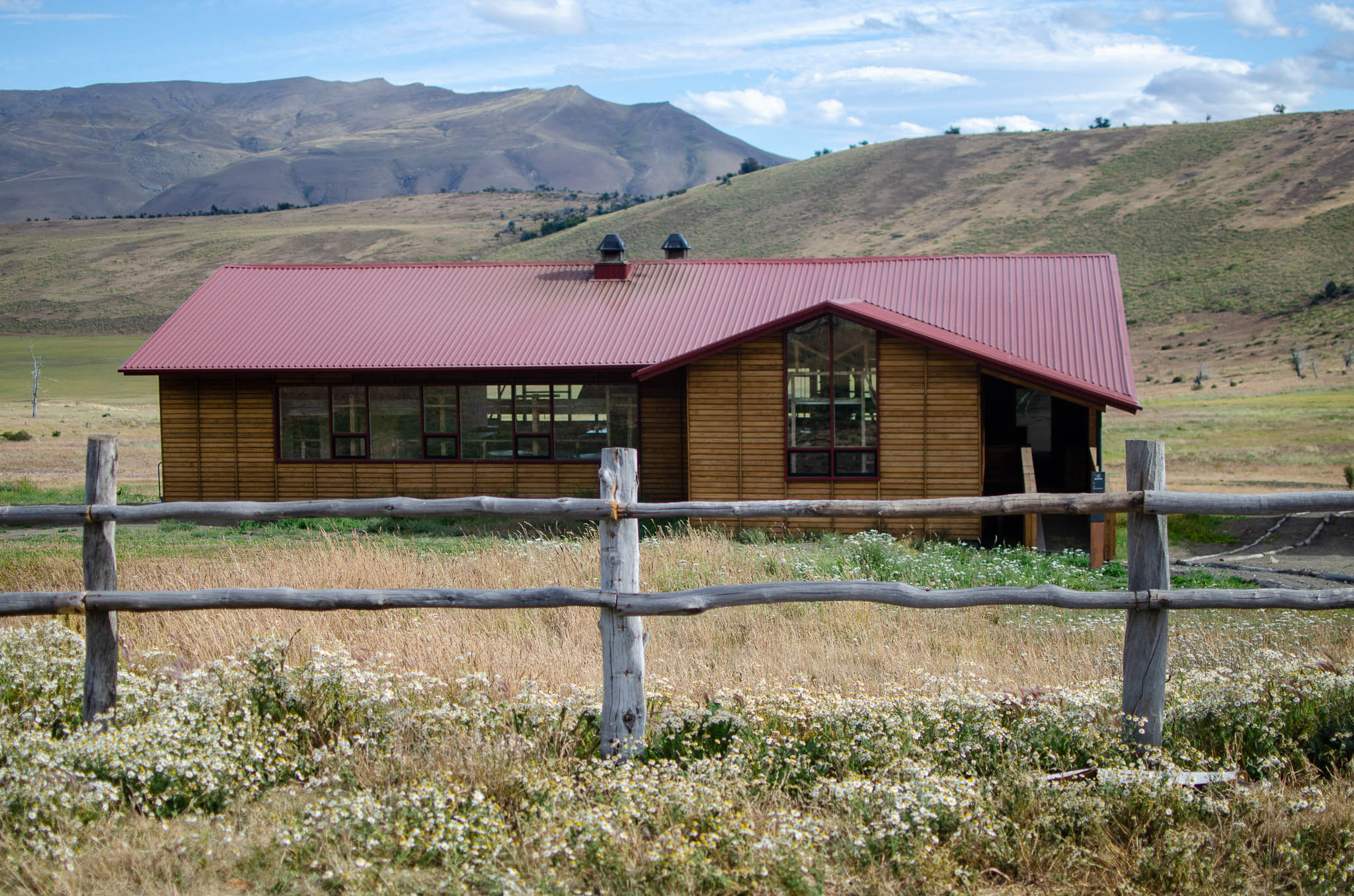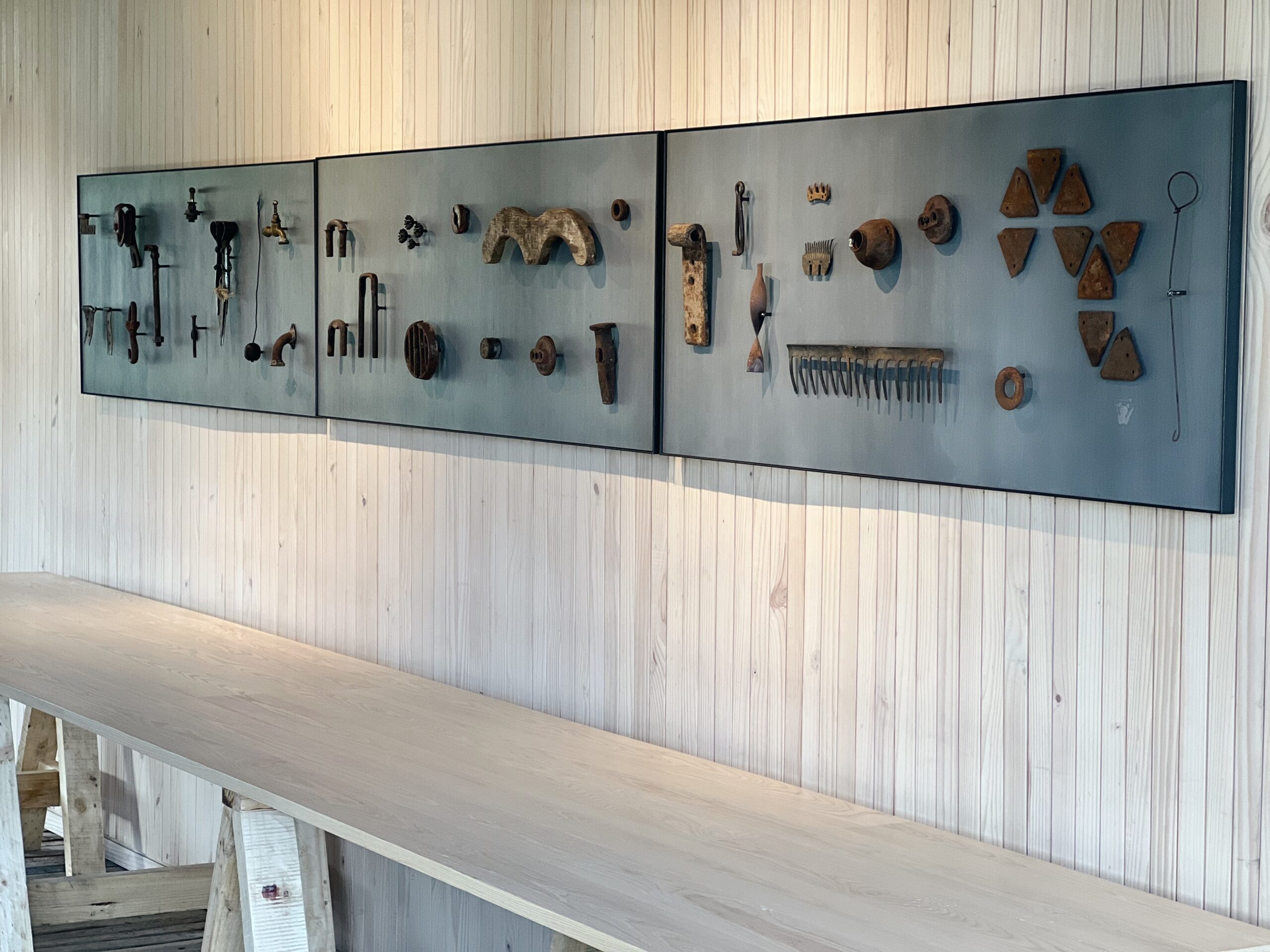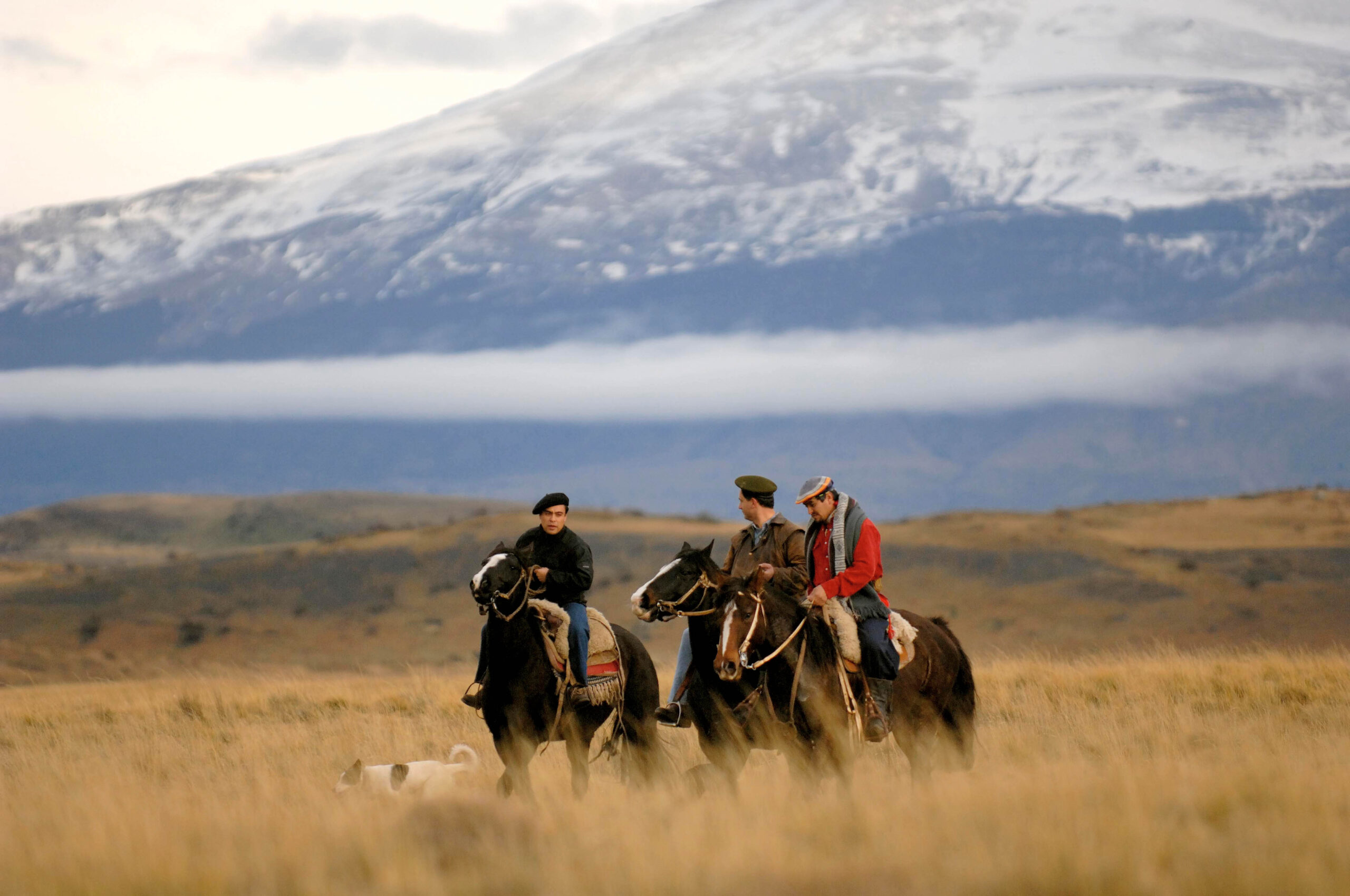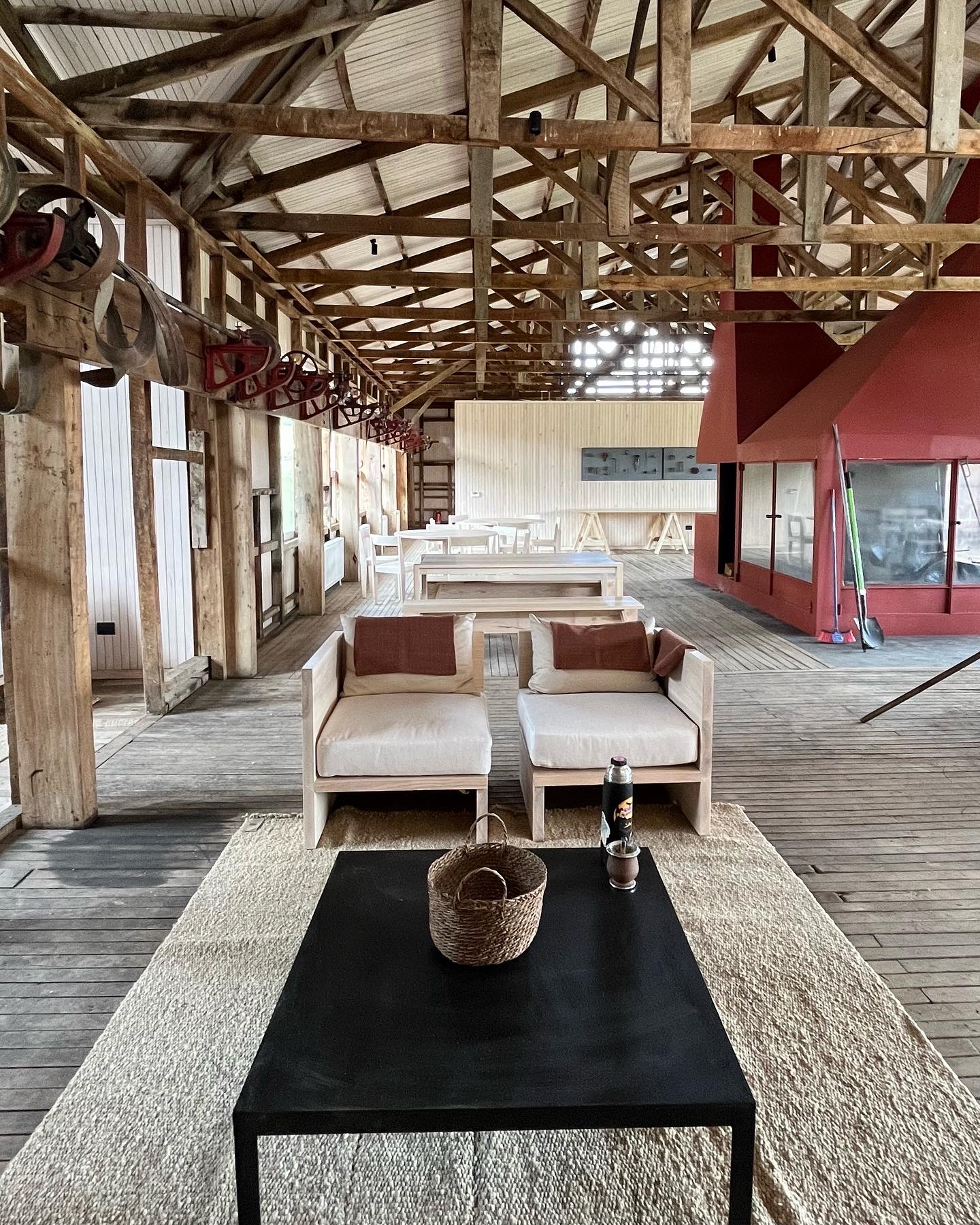The Shearing Shed:
A Gaucho Cultural Legacy
Gaucho culture of Explora Conservation Reserve has permeated Chilean Patagonia since the early 20th century
Traditionally, the ranching culture of Chilean Patagonia has been influenced by English architecture, with working estates comprised of gaucho houses, stables, shearing sheds, and extensive pastures. A new destination in the region is playing its part to preserve that culture while working to protect the environment that enables and inspires it. Introducing the Explora Conservation Reserve in Torres del Paine with three former estates, one known as 2 de Enero, where vestiges of gaucho culture, including a shearing shed, live on thanks to meticulous restoration that reveals the property’s importance to the area.

Romina Da Pieve, Assistant Manager of the Explora Conservation Reserve, explains that the restoration, begun in 2021, took two years to complete and touched every detail of the property. “The goal has been to protect local cultural heritage without further impacting the area and to create an environment that brings travelers closer to the estate culture and its significance for the region.”
Rodrigo Pedraza and Diego Aguiló are the architects overseeing the restoration project, which includes the addition of new stables and other facilities. “The challenge we have is to restore a building full of centuries-old traditions,” says Pedraza, noting that the shearing shed onsite has provided space for gauchos to shear sheep for over half a century. “The remodeling will bring new inhabitants together.”
Other Patagonian traditions will continue to be present, adds Aguiló. “Every beam of the original structure, each recovered object, and all of the machinery will help to remind us that we are not the first to come to these faraway lands, and that the life histories of those who came before us must nourish us to imagine a better future.”
Such is the value of recovering heritage, the architects explain: “Explora Conservation Reserve is a place that invites us to celebrate the past and on encourages us to build a better and more sustainable future,”

Remnants found throughout the estate include original lenga-wood flooring, shearing machines, engines and tools, a baling press, and a large table for wool, transforming the space into a veritable museum.
Now serving as an exclusive dining room for travelers staying at Explora in Torres del Paine, the large living room and kitchen are ideal for a comfortable break for guests during a day of exploration.

The Gaucho Life
Since colonial times, gauchos have been part of the vastness of the Argentine, Uruguayan, and Chilean pampas. They are renowned for sheep shearing, drinking bitter mate, and barbequing lamb over open flames. They occupy their time as shepherds, herders, shearers and tamers, skilled at moving piños, or herds of animals, from one estate to another through rugged territory in the harsh pampa climate.
Horse taming is one of the fiercest gaucho tasks, and they are often seen displaying courage and gallantry with horses. They are excellent riders, lovers of the countryside and attached to their traditions.

Shearing festival
Between September and January, as summer in the southern hemisphere approaches, the wool of sheep is sheared, having grown thick through the year. The annual “harvest” is long-awaited in the region and begins intense work by the estate’s staff, accompanied by celebrations and barbecues.
Equipped with manual scissors or an electrical shearing machine, gauchos remove the wool fleece from each sheep and, once ready, collects the animals in a small corral for counting. The math is straightforward: the more sheep sheared, the higher the pay.
The fleeces are then “thrown” onto a selection table with the cut section down to be cleaned, folded, and rolled up for pressing and baling.
Caroline Van Kilsdonk, head of the Torres del Paine Conservation Reserve, says that the shearing shed dynamic found at Explora Conservation Reserve still exists in a few places. “It is a space that brings livestock, work, and friendship together,” she explains. “The roads and the tools have improved with time, but the mystique of shearing is still alive in the teams that work alongside each other and preserve the essence of their customs and traditions.”
